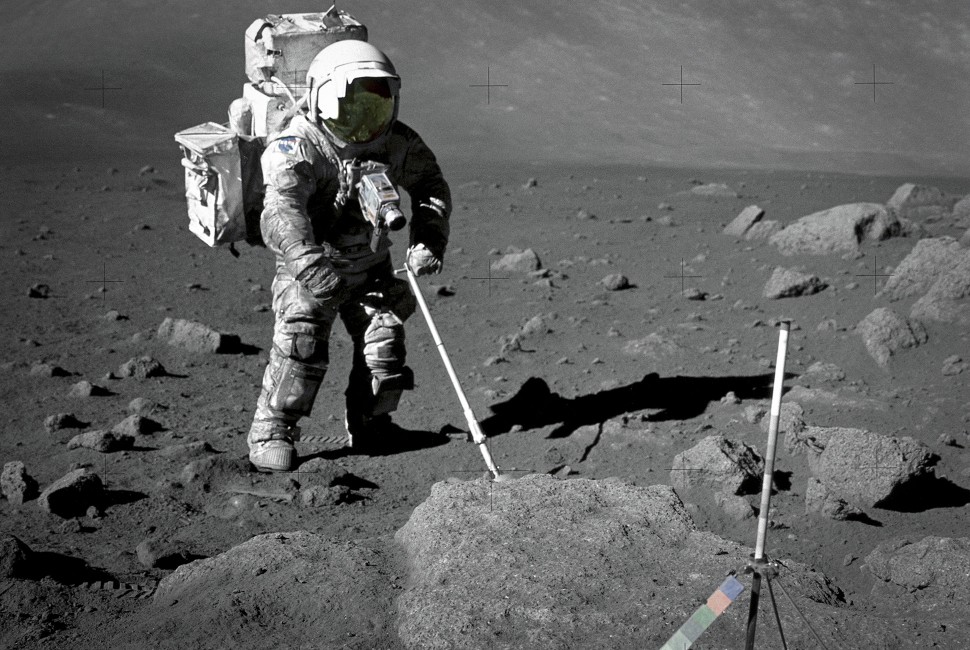By analyzing tiny lunar crystals gathered by Apollo 17 astronauts in 1972, researchers recalculated the age of the Earth’s Moon. Although previous assessments estimated the Moon as 4.425 billion years old, the new study discovered it is actually 4.46 billion years old — 40 million years older than previously thought.
Led by researchers at the Field Museum and the University of Glasgow, the study was made possible by Northwestern University’s atom-probe tomography facility, which “nailed down” the age of the oldest crystal in the sample. By revealing the age of these telltale zircon crystals — found hidden within dust collected from the Moon — researchers were able to piece together the timeline of the Moon’s formation.
The study was published Oct. 23 in the journal Geochemical Perspectives Letters.
“This study is a testament to immense technological progress we have made since 1972 when the last manned Moon mission returned to Earth,” said Northwestern’s Dieter Isheim, who co-authored the study. “These samples were brought to Earth half-a-century ago, but only today do we have the necessary tools to perform microanalysis at the requisite level, including atom-probe tomography.”
The atom-by-atom analysis enabled researchers to count how many atoms in the zircon crystals have undergone radioactive decay. When an atom undergoes decay, it sheds protons and neutrons to transform into different elements. Uranium, for example, decays into lead. Because scientists have established how long it takes for this process to unfold, they can assess the age of a sample by looking at the proportion of uranium and lead atoms.
“Radiometric dating works a little bit like an hourglass,” said the Field Museum’s Philipp Heck, the study’s senior author. “In an hourglass, sand flows from one glass bulb to another, with the passage of time indicated by the accumulation of sand in the lower bulb. Radiometric dating works similarly by counting the number of parent atoms and the number of daughter atoms they have transformed to. The passage of time can then be calculated because the transformation rate is known.”




